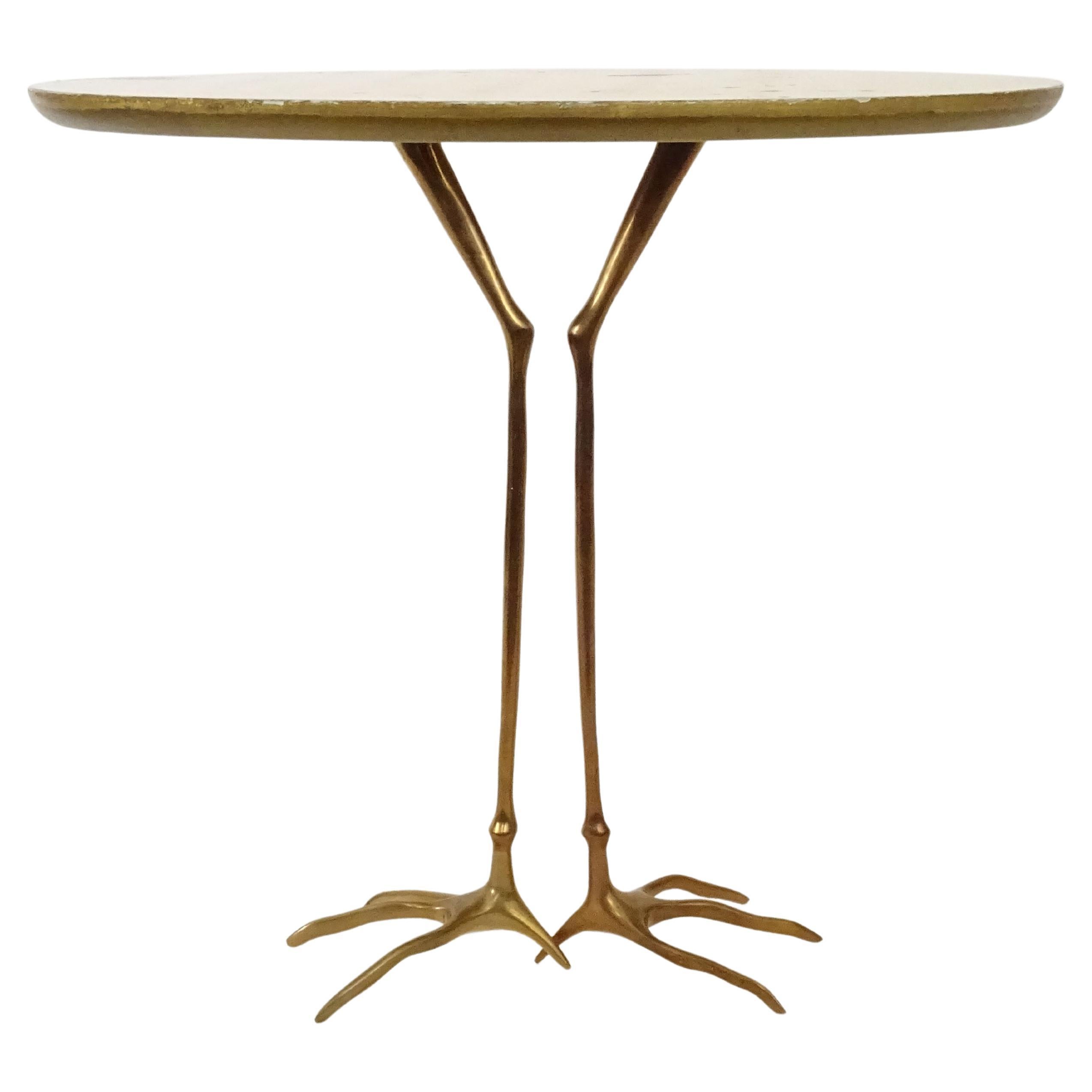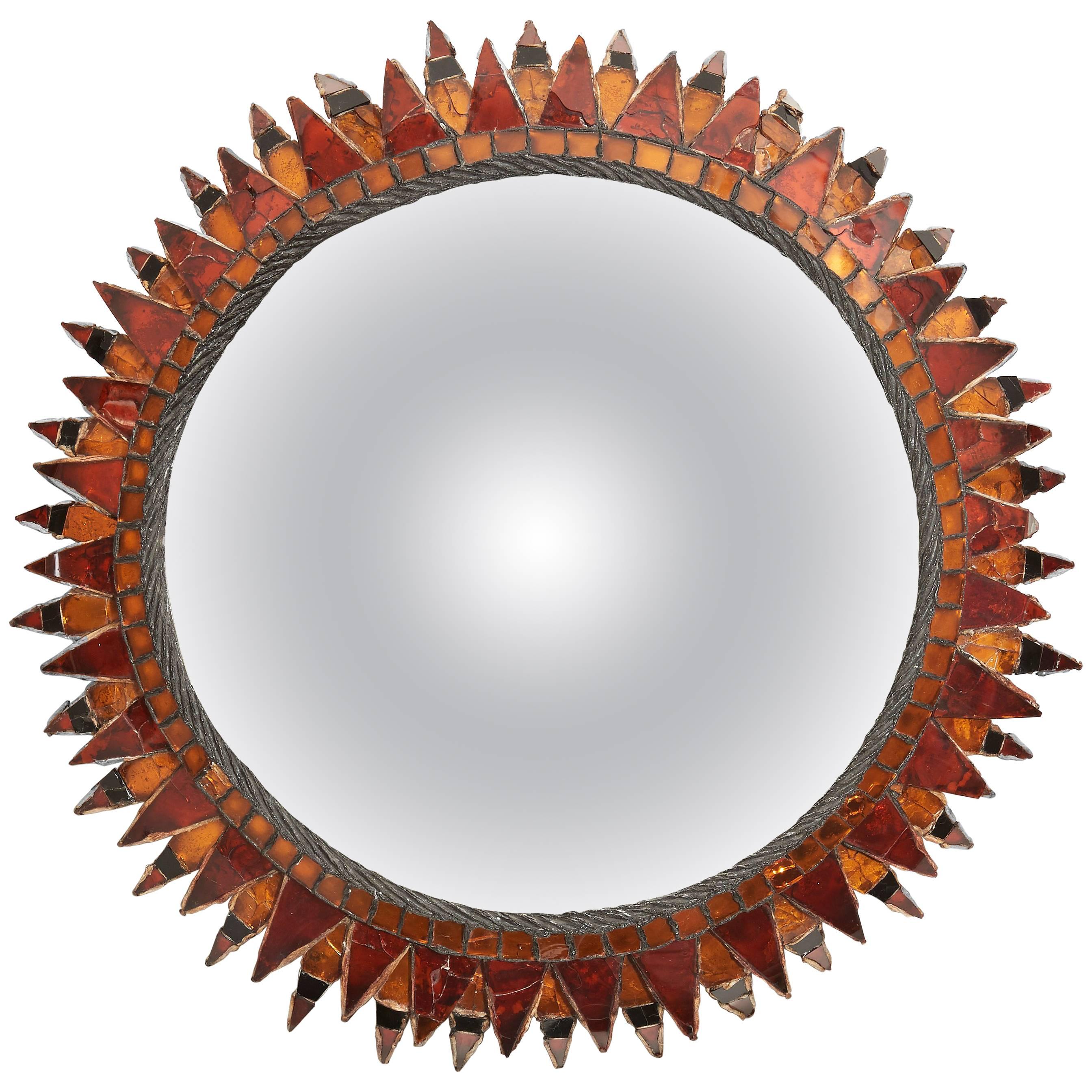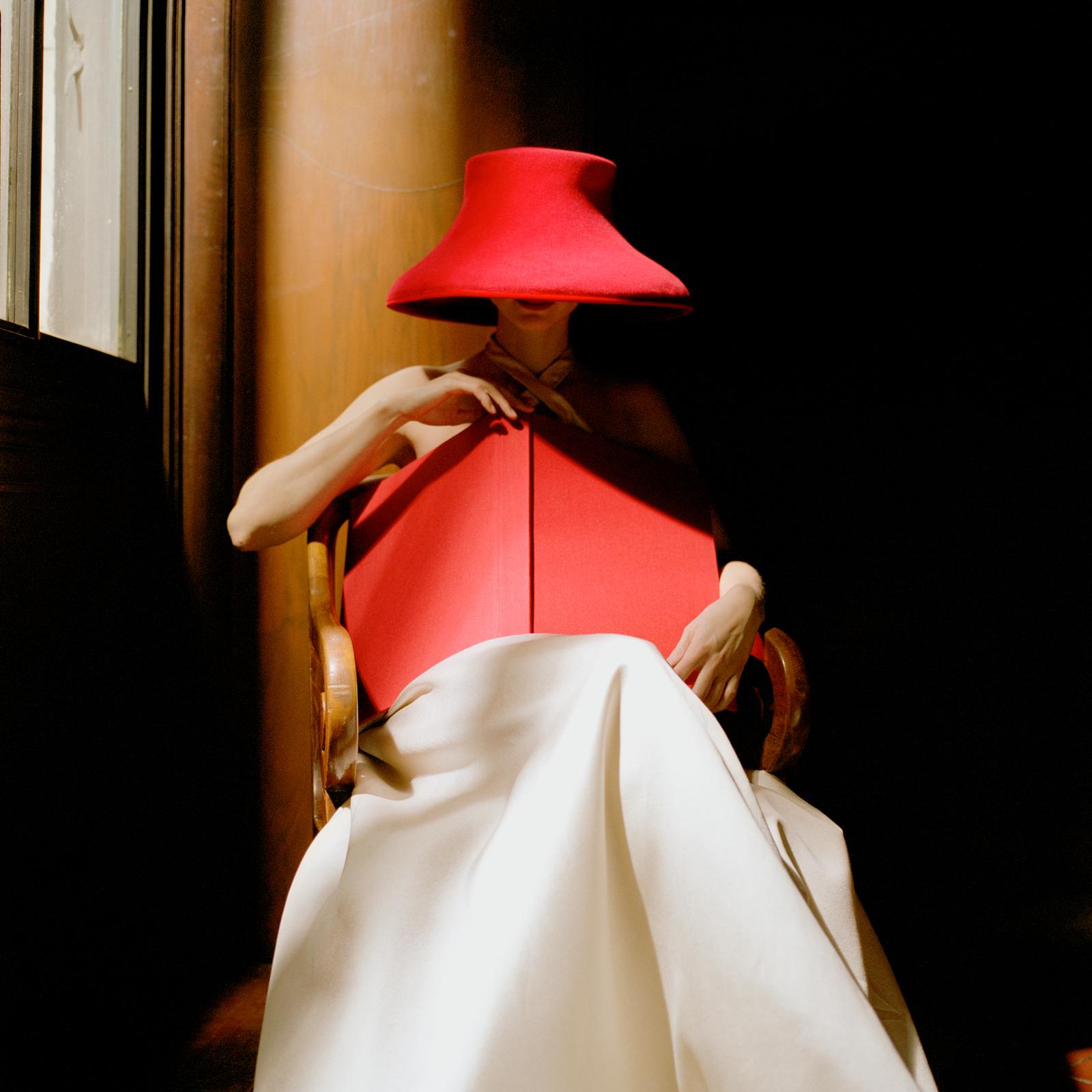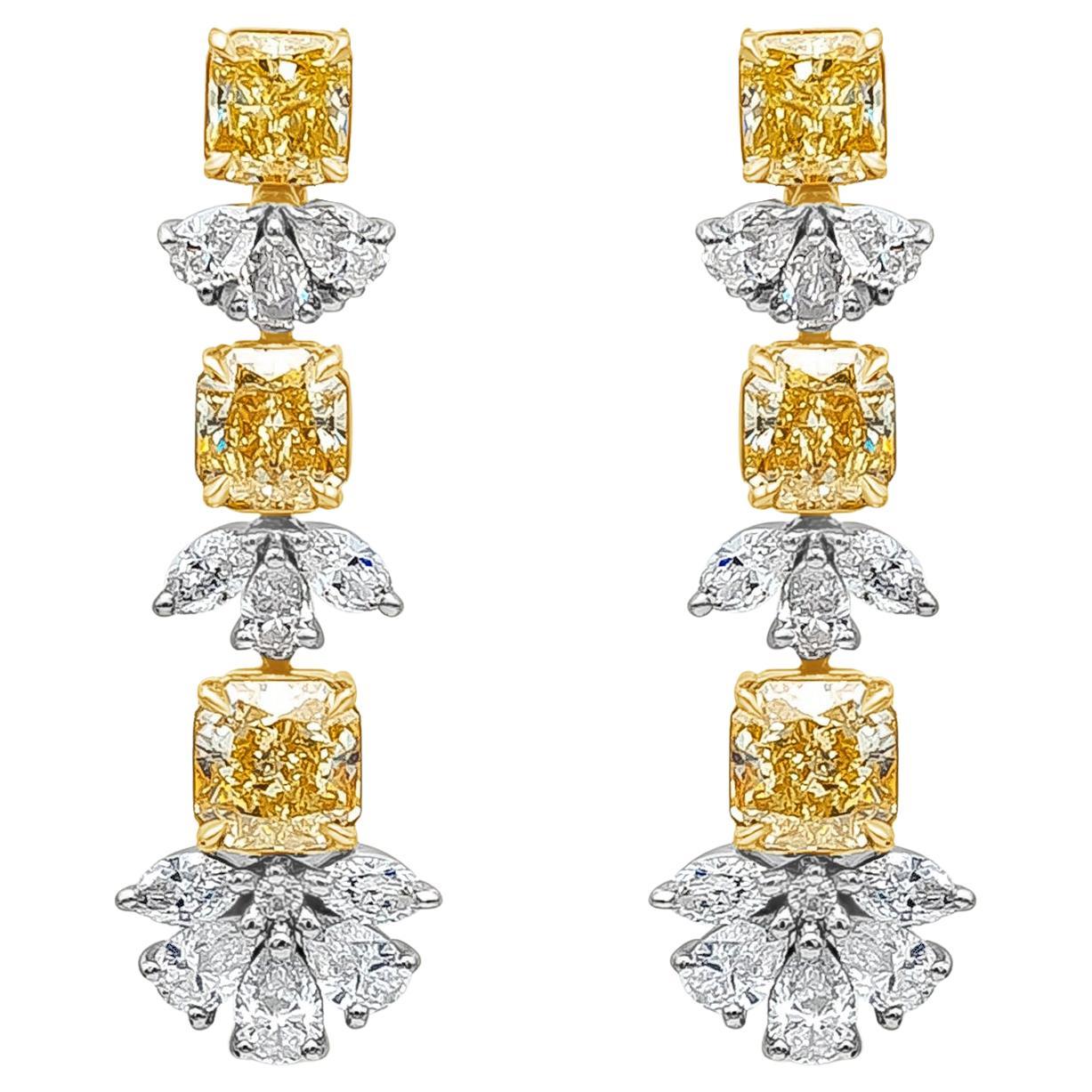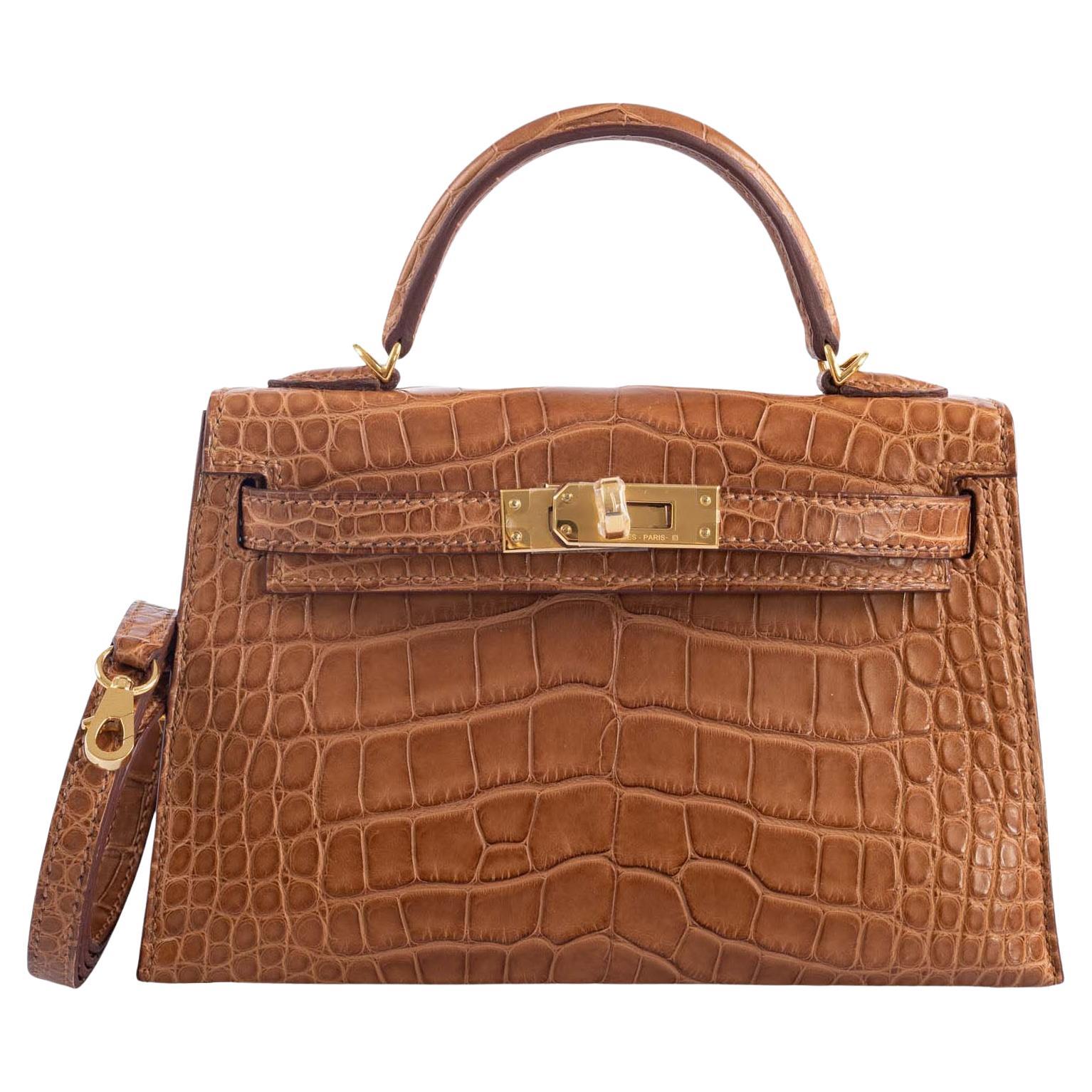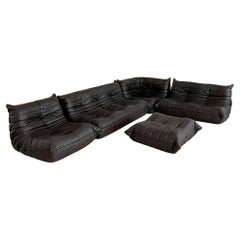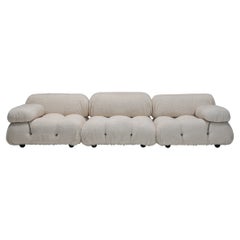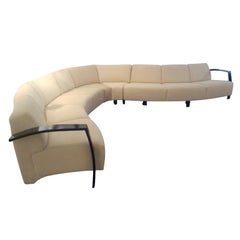The Most Beautiful Things
The Most Beautiful Things
Our in-house curators are delighted to share this edit of some of the most extraordinary pieces available on 1stDibs.
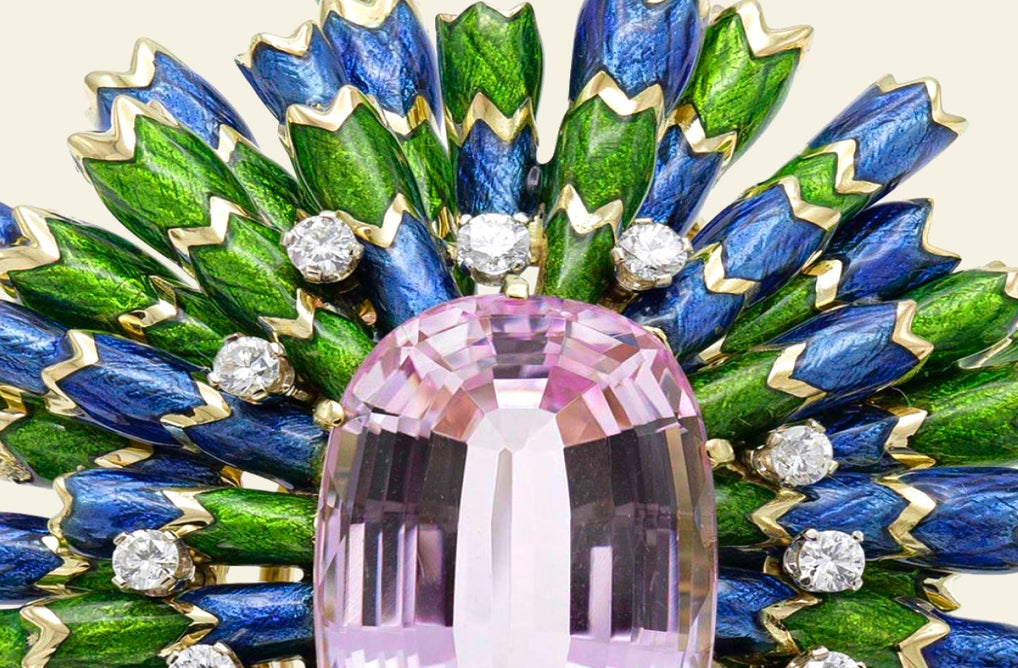
1990s Italian Mid-Century Modern The Most Beautiful Things
Laminate, Wood
Late 20th Century French The Most Beautiful Things
Leather
Late 20th Century Italian Post-Modern The Most Beautiful Things
Wool, Foam
1890s German Antique The Most Beautiful Things
Porcelain
1990s Post-Modern The Most Beautiful Things
Fabric, Wood
Late 20th Century Italian Bauhaus The Most Beautiful Things
Steel
1960s French Mid-Century Modern Vintage The Most Beautiful Things
Metal
18th Century French French Provincial Antique The Most Beautiful Things
Iron
Early 20th Century French The Most Beautiful Things
Brass
Early 1900s American Art Nouveau Antique The Most Beautiful Things
Bronze
Early 20th Century Italian Rococo The Most Beautiful Things
Metal
20th Century German Japonisme The Most Beautiful Things
Bamboo, Wicker, Parchment Paper
1980s American Modern Vintage The Most Beautiful Things
Walnut
Late 19th Century Antique The Most Beautiful Things
Stained Glass
1950s Japanese Mid-Century Modern Vintage The Most Beautiful Things
Paper
Early 1900s German Rococo Antique The Most Beautiful Things
Porcelain
1930s Czech Art Deco Vintage The Most Beautiful Things
Bouclé, Beech, Bentwood
1980s American Modern Vintage The Most Beautiful Things
Walnut
1960s French Space Age Vintage The Most Beautiful Things
Fiberglass
Mid-20th Century Italian Mid-Century Modern The Most Beautiful Things
Stainless Steel
1910s French Vintage The Most Beautiful Things
Pine
1970s Swiss Modern Vintage The Most Beautiful Things
Leather
Late 19th Century French Victorian Antique The Most Beautiful Things
Walnut, Wood
Mid-20th Century American Mid-Century Modern The Most Beautiful Things
Sheepskin
1950s American Mid-Century Modern Vintage The Most Beautiful Things
Mahogany
1840s English Antique The Most Beautiful Things
Porcelain
1950s Italian Mid-Century Modern Vintage The Most Beautiful Things
Brass
Mid-20th Century American Mid-Century Modern The Most Beautiful Things
Hickory, Walnut
20th Century British The Most Beautiful Things
Silver
1950s Danish Mid-Century Modern Vintage The Most Beautiful Things
Aluminum
1960s Danish Mid-Century Modern Vintage The Most Beautiful Things
Brass
1880s Swiss Black Forest Antique The Most Beautiful Things
Walnut
1950s American Vintage The Most Beautiful Things
Chrome, Stainless Steel, Steel
1960s The Most Beautiful Things
Dye Transfer
20th Century Cubist The Most Beautiful Things
Linocut
1960s Modern The Most Beautiful Things
Ceramic
2010s Contemporary The Most Beautiful Things
C Print
1980s American Modern The Most Beautiful Things
Photogravure, Etching
Mid-20th Century Post-War The Most Beautiful Things
Ink, Gouache
1950s Post-War The Most Beautiful Things
Ceramic, Earthenware
1980s Contemporary The Most Beautiful Things
Lithograph
21st Century and Contemporary Contemporary The Most Beautiful Things
Plexiglass, Photographic Film, Photographic Paper, Wood, Archival Paper
1970s Modern The Most Beautiful Things
Lambda
17th Century Baroque The Most Beautiful Things
Marble
1950s Post-War The Most Beautiful Things
Earthenware
1990s Pop Art The Most Beautiful Things
Paper, Screen
1960s Post-War The Most Beautiful Things
Ceramic, Earthenware
1970s Abstract The Most Beautiful Things
Etching, Aquatint
1830s Old Masters The Most Beautiful Things
Oil
Mid-20th Century Post-War The Most Beautiful Things
Ink, Gouache
21st Century and Contemporary Abstract The Most Beautiful Things
Oil
1970s Old Masters The Most Beautiful Things
Canvas, Oil
19th Century Realist The Most Beautiful Things
Panel, Oil
Early 20th Century Impressionist The Most Beautiful Things
Oil, Canvas
20th Century Impressionist The Most Beautiful Things
Oil, Canvas
19th Century Hudson River School The Most Beautiful Things
Oil
1930s The Most Beautiful Things
Canvas, Oil
1930s The Most Beautiful Things
Canvas, Oil
Early 2000s Street Art The Most Beautiful Things
Paper, Screen
Late 20th Century Abstract Expressionist The Most Beautiful Things
Acrylic
